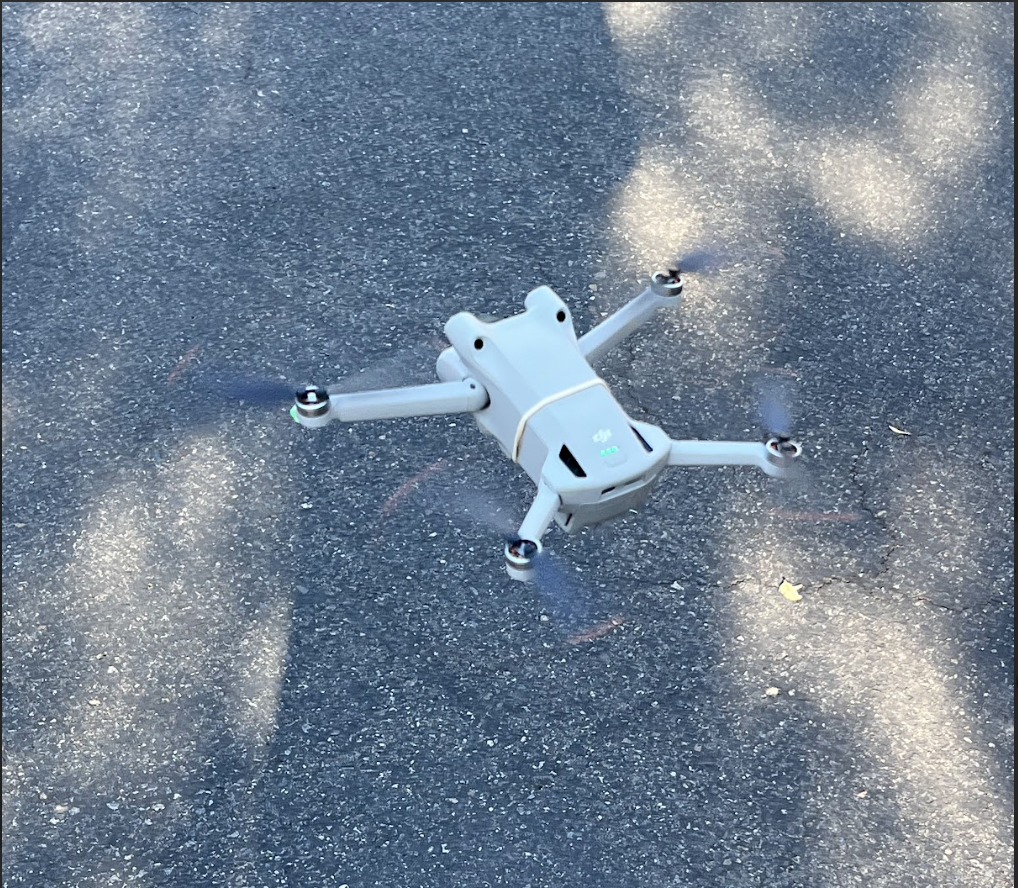In our initial iteration of drone seed technology development, we employed readily available household materials to conduct experiments determining the optimal drop height for seeds to successfully germinate upon landing in the soil. Our test platform was the DJI Mini Pro 3 series drone, boasting a gimbal camera and a payload capacity of approximately 200 grams.
To assess seed viability, we released the seeds from a height of 30 meters (98 feet). Remarkably, we achieved outstanding results in terms of seed growth. This height facilitated successful penetration of the soil upon landing, eliminating the need for human intervention, such as watering or pesticide application, to nurture seedlings.
To facilitate seed deployment from the drone, we devised a setup involving a band affixed to the drone, to which we attached a carabiner carrying a bag. Inside this bag, we placed moist marigold seeds. As we propelled the drone in a specific direction, the seeds were released from the bag.
We monitored the progress of seed growth for a duration of 7 days, observing significantly better outcomes compared to manual seed dropping from above ground.
For our forthcoming prototype, we intend to streamline this process by introducing motorization. This enhancement will entail the incorporation of a motor connected to a Bluetooth receiver, enabling remote control from the ground. Additionally, we plan to introduce a 3D-printed seed compartment attachment to securely hold the seeds during deployment.




